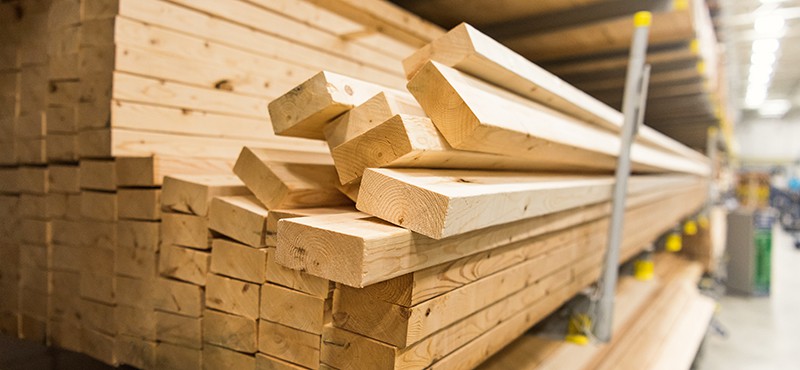30 Jul Drastic Increases in Tiny House Costs: Is it Worth the Big Price of Going Tiny?
When the tiny house movement began, most were constructed by their owners and built out of found products, reclaimed wood and metal, and reused appliances. This afforded the pioneers of tiny building to create their minimalist homes in the $10,000-$30,000 range. However, as this wild idea of a more free-spirited way of living has caught on and become a movement, many are beginning to complain that the building costs have skyrocketed.
But why? What are you really getting with the inflated building costs associated with tiny house life?
A Licensed Contractor:

These are men and women who have put in the man hours and experience to obtain proper permits and a license from their state. This means they have certain standards and expectations they have to meet in order to remain in good standing as a licensed contractor.
Hiring a licensed contractor also gives you the peace of mind of having insurance covering your family and your home. This is especially important if they are building on your property. Taking insurance a step further, a licensed contractor will ensure that all repairs or remodels are followed through on, even if a snag in the build comes up.
Proper Certifications and Coding:
RV Certified- For a builder to be RVIA certified, they must agree to inspections, adhere to codes
and expectations, and this certification qualifies these builds for RV financing. This also makes
the insuring process easier once the build is complete as well as making it easier to re-sell and to park in RV lots, campgrounds, and national parks.
Meeting More Than Just the Minimum (RV Building Codes)– Many builders who are RV certified
only have to meet RV codes, but it is worth the cost to hire someone who also meets building
codes and specifications. This requires more inspections and better attention to safety.
A Customized Build:
Off Grid Capable- Many want the ability to boondock which requires the installation of solar panels, rain water collection, or even attached chicken coops. This requires additional knowledge and upfront cost.
Upgraded Appliances- You know the saying “You can’t have your cake and eat it, too?” Current
tiny home buyers want to stay on trend with vintage refrigerators, washer/dryer combos, gas ranges, and stainless steel dishwashers, but they aren’t considering the upgrade in cost that comes with it.
Impressive Amenities and Reduced Weight Capabilities- You can’t ask for foldable decks, drop down bar tops, and retractable screened in porches without the price going up. These features reduce weight, which can be especially good for THOWs. Many current home buyers want to max out the amenities but aren’t willing to fit the bill. These dream home upgrades are beautiful, useful, and can sometimes be costly.
Upgraded Quality Building Materials:

Windows- Including double paned or tempered windows is a major upgrade that is totally worth
the money, especially for those building a tiny that they plan to move. This upfront cost can save you thousands in the long-run.
Siding- There are so many options when it comes to siding from corrugated metal to cedar siding or the traditional vinyl. Each material offers benefits and shortcomings with weight, look, and cost. Reducing weight tends to increase costs, but it is an investment worth making when you plan to take your home on the road.
Insulation- From recycled denim to organic wool, buyers have the option to choose their
insulation on more than just R-rating. With a custom build you can choose based on price,
environmental impact, and value.
Toilets- Toilets can be a huge expense when it comes to tiny house builds. Some use this as an
area to save by building their own composting toilet. If a buyer chooses, they can go with a standard flushing toilet, a composting or incinerator toilet, or a dry flushing toilet. These options can run a buyer up to $3000, depending on the brand.

Sorry, the comment form is closed at this time.